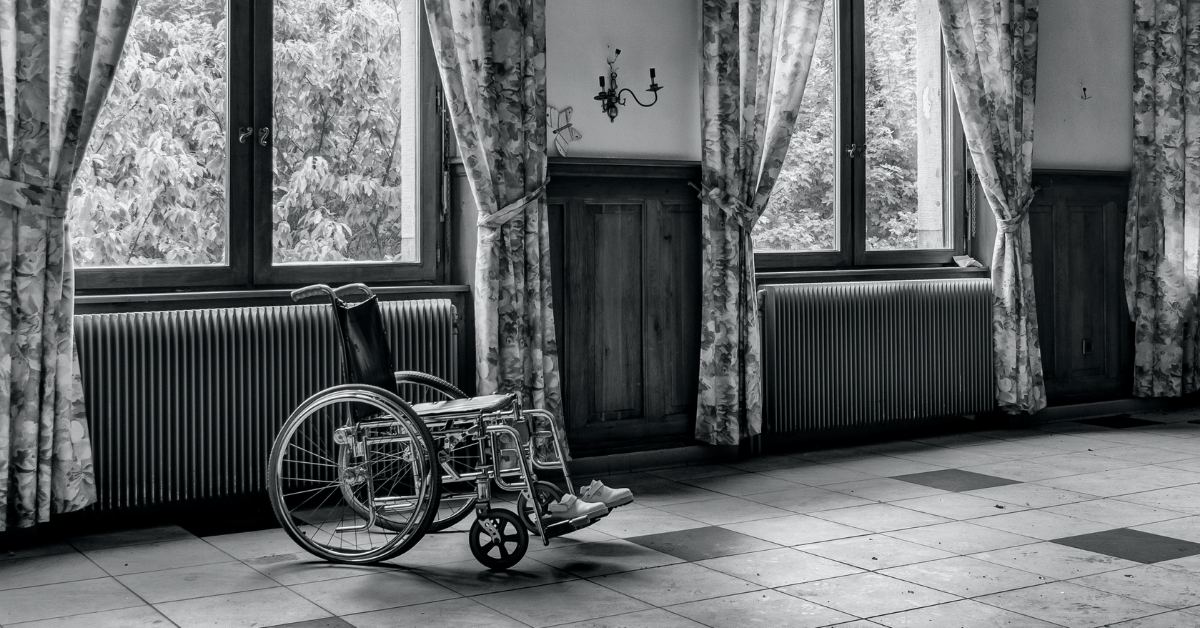During the last 20 years, researchers’ primary focus is on understanding the relationship between homelessness and health issues. The relationship between homelessness and health is a two-way street. Homelessness and poverty are direct contributors to a wide array of health issues. On the other hand, health issues can also lead to poverty and homelessness.
Homeless people are vulnerable to the same health concerns as people who enjoy superior life quality. However, poverty-stricken and deplorable living conditions can worsen symptoms and risk factors, making it difficult to cope with and treat illnesses.
Statistics reveal that over 85% of homeless people tend to suffer from a chronic health condition. Even those who reside in low-quality housing have a greater risk of suffering from chronic health issues. Below in this article will walk you through the health issues commonly faced by homeless people.
1. HIGHER RISK OF DEATH
Mortality and unintentional injuries are the most significant health hazards faced by people experiencing homelessness. These accidental injuries include bruises, burns, cuts, accidents, and roadside collisions, amongst others. Homeless people have a greater risk of death.
Unintentional injuries and accidents are the most significant cause of mortality and sickness among homeless men. Injuries can result after colliding with a vehicle or falling. Homelessness has also had a link with death caused by an unintentional overdose of drugs, alcohol, and other illicit substances.
Exposure to certain elements, such as extreme cold, hypothermia, frostbites, severe sunburns, and heatstroke, are other contributors to death. Homelessness is also associated with a higher suicide rate. Violence, sexual abuse, and murder are also common among people experiencing homelessness.
2. INFECTIONS & VIRUSES
People experiencing homelessness have a more considerable risk of contracting infectious diseases. In recent months, researchers have dedicated unprecedented resources to investigating the relationship between homelessness and COVID-19. People living on the streets and in deplorable conditions have a greater risk of exposure.
Homeless people also have a higher risk for hepatitis A, B, and C, alongside HIV/AIDs and tuberculosis. It is primarily due to a lack of proper hygiene and nutrition, unhealthy immune systems, and overcrowding. Many commonly associated activities, such as survival, sex, and drug usage, further increase the risks. Homeless people also face multiple impediments in treatment and prevention, making them more vulnerable to infections and viruses.
3. CHRONIC PAIN & MUSCULOSKELETAL ISSUES
Chronic pain and musculoskeletal disorders are widely associated with homelessness and poverty. Homeless people are highly vulnerable to disorders, such as arthritis, that impairs the tendons, ligaments, and joints.
One research attempted to investigate the prevalence of chronic pain among homeless people; the study revealed that people living on the streets or homeless shelters could not get effective treatments. They experience chronic pain aggravated due to poor hygiene and sleeping conditions and inability to afford medications.
Many homeless people end up relying on alcohol or drugs to dull the pain. In many cases, doctors are discouraged from prescribing pain medications due to the patients’ drug usage history. Therefore, chronic pain and musculoskeletal disorders amongst the mainly homeless go untreated.
4. SKIN AILMENTS
Skin and foot ailments are widespread amongst populations experiencing homelessness. It is primarily because homeless people spend a large amount of time outdoors. Their personal hygienic and clothing are compromised, and ill-fitted shoes and worn-out clothes do not protect them adequately.
Foot disorders, such as tinea pedis, callouses and corns, immersion foot, and onychomycosis, are highly prevalent amongst homeless people. It is primarily due to improper footwear, long periods of walking, excessive exposure to moisture, and recurrent minor trauma.
Experts observe that homeless people have a higher risk of developing multiple skin diseases. These include body lice, cellulitis, venous stasis disease, impetigo, and scabies, amongst others. Their inability to maintain healthy hygiene and take regular showers further aggravates the risk factors.
CONCLUSION
Homeless on the streets are unable to maintain healthy hygiene and nutrition. Hunger and lack of food also contribute to countless health ailments and a weakened immune system. Lack of adequate nutrition leads to numerous chronic conditions, infections, and diseases. Prolonged homelessness and lack of a nurturing environment can also expose people to dental and respiratory illnesses. Every type of weather condition also affects the people living on the streets.

















